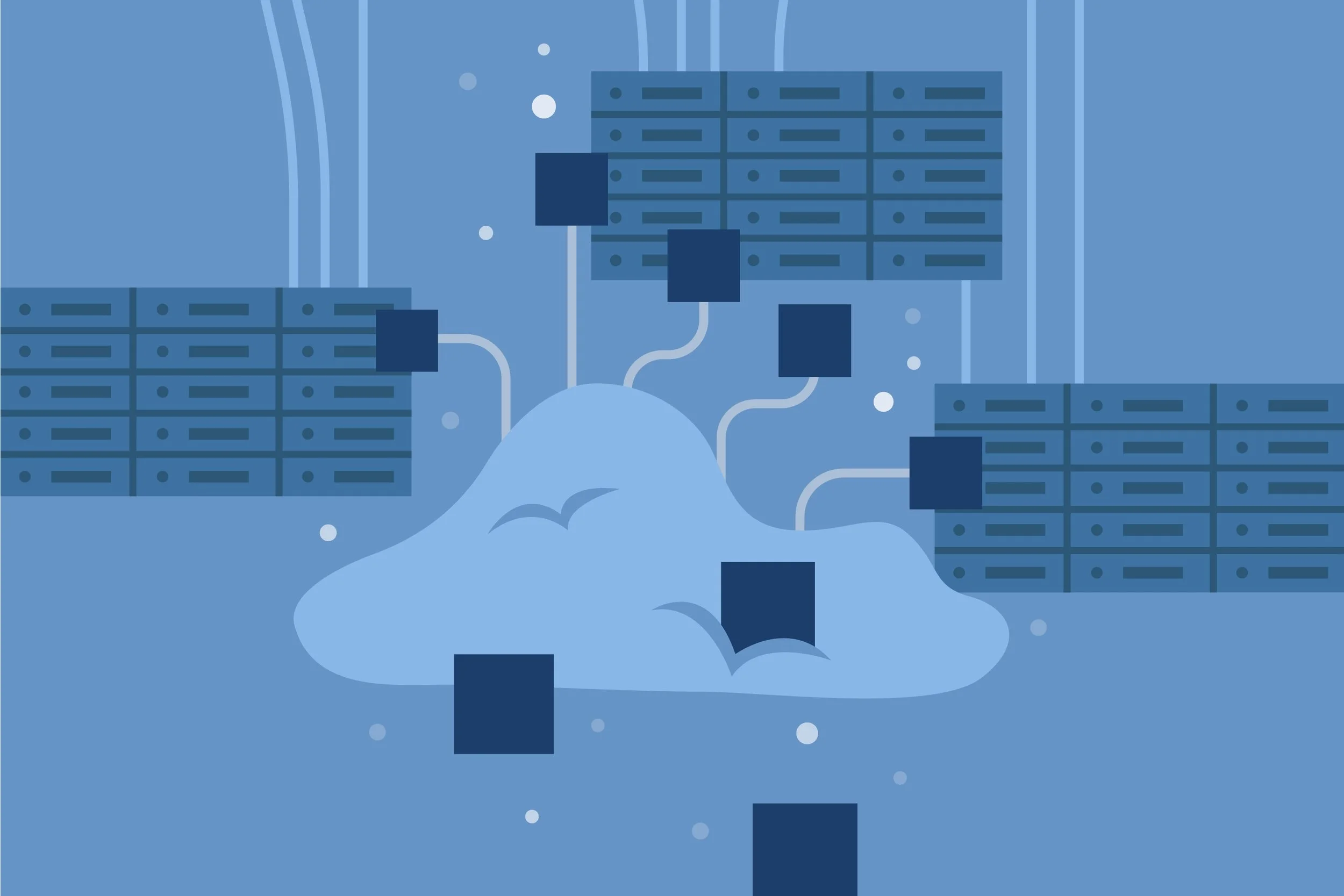Moving Your Data Center to the Cloud: How Much Does It Cost?
Reading Time: 4 minutes
Recently our team began evaluating the costs to use the AWS cloud for VMware-based hosts. Nearly all of our clients are running VMware, and many of the applications that we support require VMware as the underlying hypervisor.
That’s slowly beginning to change with additional hypervisors being supported, or native support of the AWS cloud, but it’s going to take several years of additional development before it’s ubiquitous.
One change this past year was the introduction of VMware’s Cloud Foundation product suite.
This enables anyone with VMware running in a local data center to seamlessly move virtual machines to a cloud provider (such as AWS) and makes using the cloud for both active virtual machines, disaster recovery, or simply a slow transition to an all-cloud data center super simple.
Every year we look at our data center requirements and re-evaluate the cloud options that exist. This year we’re at a point where we need to make a major investment to overhaul and update our infrastructure. It’s part of the lifecycle of any technology investment. And like our clients, it’s important for us to understand the current trends and costs before making a decision.
We could invest another $250,000 in our data center and expect to use most of that technology for the next 5 years. But we also know that the move to the cloud is inevitable. Eventually the price point will stop making sense and monthly subscription payments will be more prudent.
Let’s walk through the costs of potentially moving to the AWS cloud.
First, we should note that this scenario is based on using the AWS cloud with a VMware layer. So it is automatically more expensive than a native AWS host as it must include VMware licensing costs. Everyone normally pays for VMware subscriptions separately for on-premise solutions. With this option it is included in the monthly AWS subscription.
The list price from AWS for a single host is $6,000 per month for a month-to-month term. The price goes down based on the term (up to 50% for a 3 year commitment). You can run about 10-15 virtual machines per host.
In our environment, we need at least three hosts along with the ability to spin up a fourth host on demand. The minimum spend here is $9,111/month on a 3 year term ($109,332 per year, or $546,660 over 5 years).
When you own your own cloud, you also have to pay for:
Rack space
Electricity
Internet
Firewalls
Other networking hardware (to make connections from other sites)
Figure at least $2,000/month to cover the rent and utilities. Add that to a $250,000 initial investment amortized over 5 years, and that’s about $6,200/month ($372,000 total over 5 years).
In addition to the monthly cost, you have to install and manage it. This means you need to have qualified people on staff who can implement and manage this environment. The question then becomes, can you manage your own cloud for the delta price between AWS and you owning it? In this scenario the difference is a mere $3,000/month.
From our perspective, if you are willing to commit to a multi-year term, the long term costs of moving your VMware environment to the cloud are fairly competitive to the cost of owning and managing the infrastructure yourself.
If you already have a major data center investment, it will clearly take some time to migrate all the way to the cloud, and you’ll likely double up on some costs for a time period.
There are many factors that go into a decision like this.
It may not be completely cut and dry.
You have to understand what you are paying for now – hardware, VMware licensing, annual hardware and software maintenance costs, electricity, internet, rack space, etc. You also have to assess your ability to hire and retain the talent to maintain these complex environments.
The AWS solution can be very compelling as it makes it easy to move your data center to the cloud without needing different kinds of talent to manage the networking complexities. You can rely on a more traditional VMware server guy to handle the management of the virtual machines and leave everything else to AWS.
As with all technology investments, there are pros and cons along with different philosophies. Hopefully with a little bit more knowledge on how much some of these things cost, you can make the best decision for your environment.
Additional Reading

